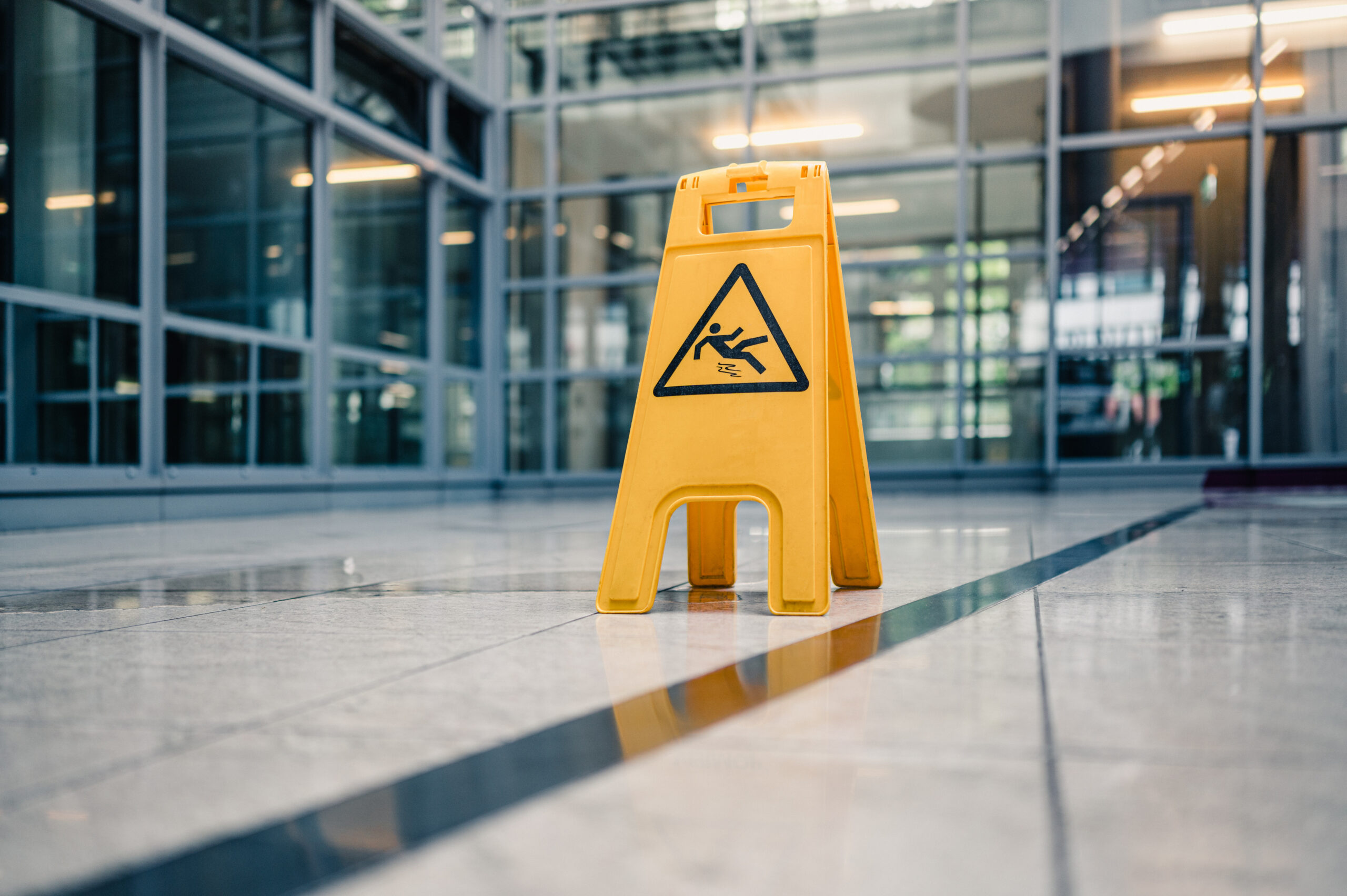Exterior cladding on high-rise buildings has received significant publicity in light of the Grenfell Tower fire in London on 14 June 2017. Over 80 people were killed. The fire started inside an apartment and spread via the external cladding, engulfing the entire building.
In response to the Lacrosse Building Fire the Victorian government has established a Cladding Task Force. This article provides an overview of the role of the task force and the work it is doing with the municipal councils to identify buildings which may be at risk from wall cladding. In addition, we touch upon the steps taken by insurers.
Cladding Fires
In Melbourne on 25 November 2014 cladding on the Lacrosse Building situated in Docklands ignited from a fire which started on an apartment balcony. Fortunately there was no loss of life. A resident on the eighth floor was using a plastic yoghurt container as an ashtray. A cigarette butt was not extinguished and burnt through the container, setting a timber table on fire after the resident had gone inside the apartment. The burning table set fire to debris and other material behind an air-conditioning unit located on the balcony. This in turn ignited cladding on the outside of the building.
Cladding is material used to wrap buildings which can improve the appearance and insulation of a building. It is typically lightweight, made of dense foam sandwiched between waterproof sheets such as zinc or other material. These may be Aluminium Composite Panels (ACP) or Extended Polystyrene (EPS) panels.
The National Construction Code (NCC) requires external walls of buildings with a rise of three storeys or more must be non-combustible. This includes cladding or any other material affixed to or forming part of an external wall.
As demonstrated by the Grenfell and Lacrosse buildings, if flammable cladding is used, fire can travel upward and around a building. The Melbourne Fire Brigade estimated the fire at the Lacrosse building climbed from level 6 to level 21 in less than 6 minutes, which indicates the combustibility of the material used. The fire from the cladding can readily ignite materials on balconies. If doors or windows are left open, a fire can enter the interior of apartments. This can also occur if the performance of fire resistant structures is compromised. It has been determined that the material used on the Lacrosse building did not comply with the NCC.
Response to the Lacrosse Fire
The Victorian Government has established the Victorian Cladding Task Force which according to its terms of reference will:
- assess the extent of non-compliant external cladding on buildings;
- advise on the rectification of non-compliant cladding;
- recommend changes to the regulatory system.
The task force is initially concentrating on assessing residential buildings with a rise of more than three storeys. Nursing homes and hospitals are included in this assessment.
The Victorian Building Authority (VBA) is undertaking an audit of buildings in Melbourne to ascertain the extent of non-compliant cladding. Any building identified as being non-compliant will be monitored by the VBA, Council and the MFB.
Where a building is identified as having lightweight cladding, the municipal council will notify the Owners Corporation it intends to undertake an inspection. Notification does not mean there is non-compliant cladding, merely cladding has been identified and further investigation is warranted.
The Cladding Task Force has advised that when Council inspects a building, it will also review essential safety measures such as smoke alarms, fire services and paths of exit to ensure compliance with the building regulations. If a breach of essential safety measures obligations is discovered, Council may take enforcement action against the Owners Corporation.
The Task Force has not set out the basis on which the assessment of cladding will be undertaken. If cladding is approved under the BCA or the NCC it is anticipated no further action will be required. If cladding does not comply it is possible that a building order will be issued requiring removal.
Notwithstanding the inspections being organised by the Cladding Task Force and councils, any Owners Corporation which has cladding installed on common property is strongly urged to have an inspection undertaken by a building surveyor or other suitably qualified person to determine if the cladding complies with the NCC.
If non-compliant cladding is installed on common property, in the first instance it will be a matter for the Owners Corporation to rectify, which may require removal.
If non-compliant cladding is discovered within 10 years of the issue of the certificate of occupancy or final completion, it may be possible to take action against the builder on the basis it constitutes defective building works.
Lacrosse Building
It has been reported in the media that the Building Appeals Board has ordered the cladding on the Lacrosse Building to be removed as it poses a significant and unacceptable risk to the residents of the building. It is further reported that the owners will be pursuing the builder for the estimated $15 million repair cost arising from the fire damage ($6.5 million) and the removal of the cladding (estimated $8.6 million). The City of Melbourne considers the building is safe for occupation but has required the implementation of safety measures such as keeping balconies clear of clutter and debris.
The builder proposed the installation of balcony and wall wetting sprinklers would be sufficient to ensure safety. The Building Appeals Board rejected this submission and is requiring removal of the cladding. The builder has been reported as taking legal action to prevent the Victorian Building Authority from issuing “direction to fix” notices in respect of 6 other buildings which it constructed. Those proceedings are unresolved at the time of writing.
Insurance
Insurers have commenced requesting Owners Corporations identify if cladding is installed and whether it is compliant or not. If the type of material is known this can be disclosed to the insurer. Otherwise it may be necessary to have inspection and possibly testing undertaken to be able to advise the insurer.
If a building has been constructed in the last 10 years the builder may have details of the materials used and can be requested to advise as to those materials. Whether a response is received will depend upon the particular builder.
An alternative is to appoint an engineer or building consultant to provide advice regarding the panels and enquire of Council and building surveyor as to any records either or both may have which could assist in identifying the type of cladding used.
The collective view of insurers regarding treatment of cladding is unknown at present. It is possible one or more may decline to offer cover if the classification of the cladding is unknown or if it is non-compliant.
To discuss your property’s strata management needs or receive a FREE management proposal contact our friendly team. We also offer more helpful resources and community living news in our FREE newsletter.



